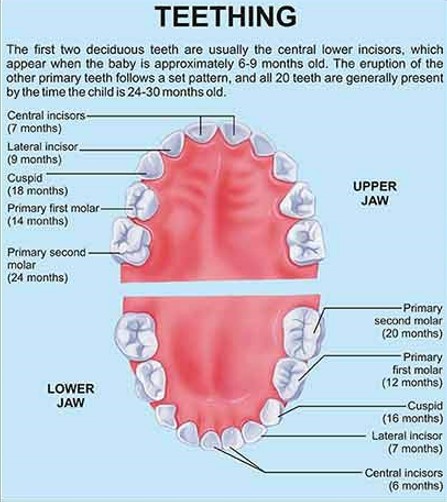Contents
Names of Teeth in English
Various tooth names are used for various purposes. Since humans get two complete sets of permanent teeth during their lifetimes, this makes them diphyodont. Primary dentition refers to the development of the first set of teeth, which typically begins around week 14 of pregnancy.
Permanent or adult teeth dentition, sometimes known simply as the second dentition, typically occurs between the ages of 15 and 18. In the centre of each tooth is a soft tissue called pulp; the dentin, which surrounds the pulp and gives teeth their characteristic yellow colour, is the third major component. Tooth decay is prevented by the cementum, which anchors the tooth to the gum, and enamel, which shields teeth from microbial attack.
Your teeth serve many important functions in your mouth besides providing you with an attractive smile. They facilitate the process of chewing, which reduces the size of initially large food molecules to those more manageable for swallowing. The teeth help keep your airway clear while you speak.

The purpose of this article is to identify each type of tooth, its function, and the overall number of teeth.
Different Teeth and What They Do
Incisors
These teeth are the central ones in the upper and lower jaws, located farthest forward. Their incisal edges are especially sharp for slicing into food.
Canines
Alternate names include “fang tooth” and “cuspid.” These teeth are among the most crucial in the entire body. They help regulate the way your teeth glide across one another, making it easier to break food. The roots of your canine teeth are the longest of any of your teeth.
Premolars
These molars follow your canines and are directly behind them. Rarely present in a person’s first set of teeth, these cusped molars have between three and four points. In the kitchen, they serve as both grinders and mixers.
Molars
The molars in your mouth are the primary teeth responsible for grinding and chewing food. They’re a little bigger than your premolars and have at least four to five cusps.
Wisdom teeth
Wisdom teeth are the third molars that typically come in between the ages of 17 and 25. They are the last molars in your mouth, and misalignment is the most common reason for their removal.
Teeth name and their number
Child’s main teeth do get erupted by the time they turn 3, with the full complement of 32 teeth appearing by the time they reach adulthood.
Teeth with their names and numbers in total :
- Each jaw has four incisors, for a total of eight.
- There are a total of 4 canines, 2 in each jaw.
- There are a total of 8 premolars, 4 in each jaw.
- Totaling eight, the first two sets of molars are followed by four in the third.
Conclusion
There is a wide range of ages at which people experience the eruption of various teeth. Maintaining a regular routine of proper oral hygiene will keep your teeth healthy and prevent the need for costly dental care. Gingivitis and tooth decay can be prevented by brushing your teeth at least three times a day for two to three minutes each time.
Visits to the dentist twice a year is recommended at a minimum to keep your teeth and gums disease-free.

Leave a Reply